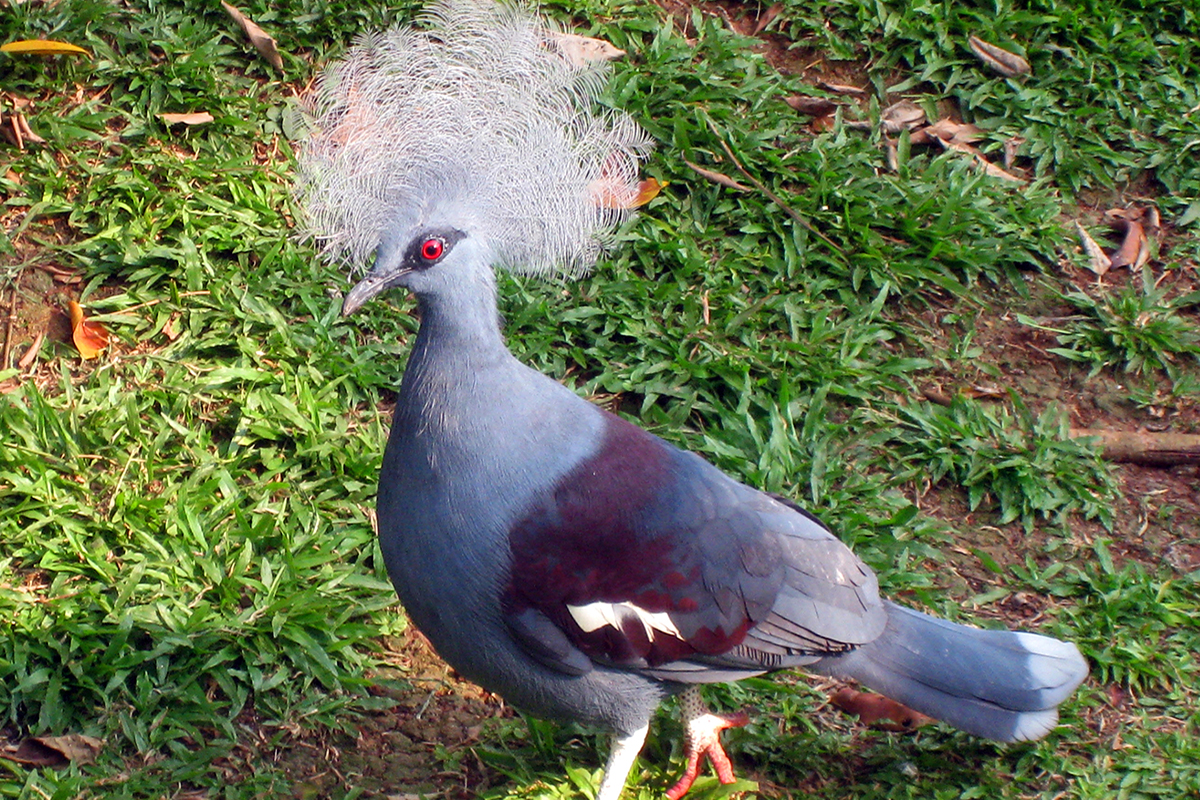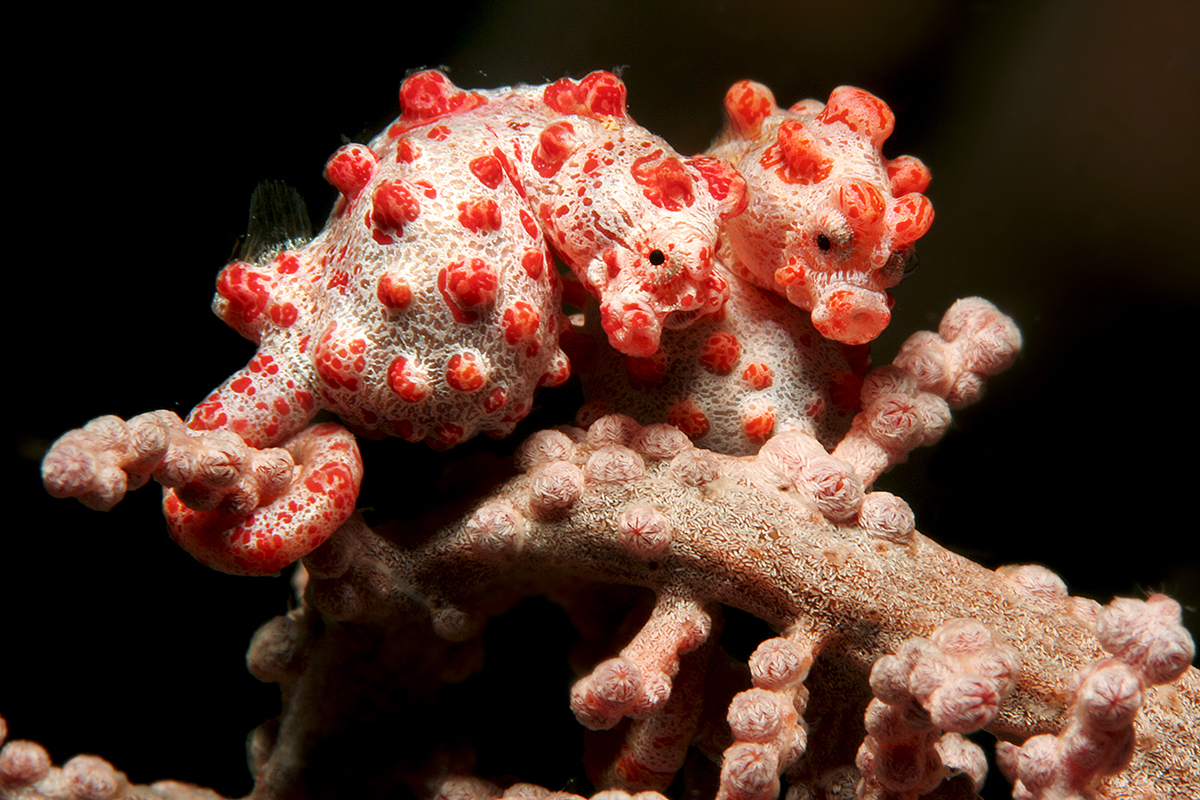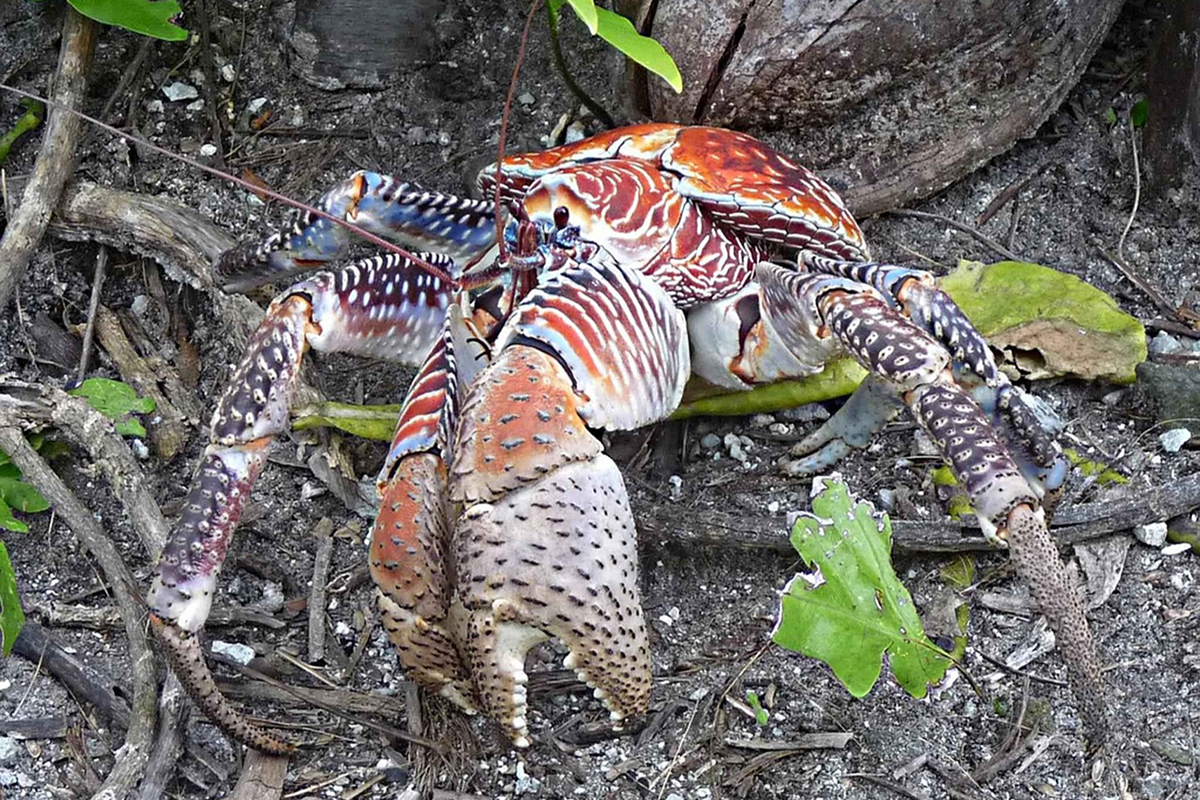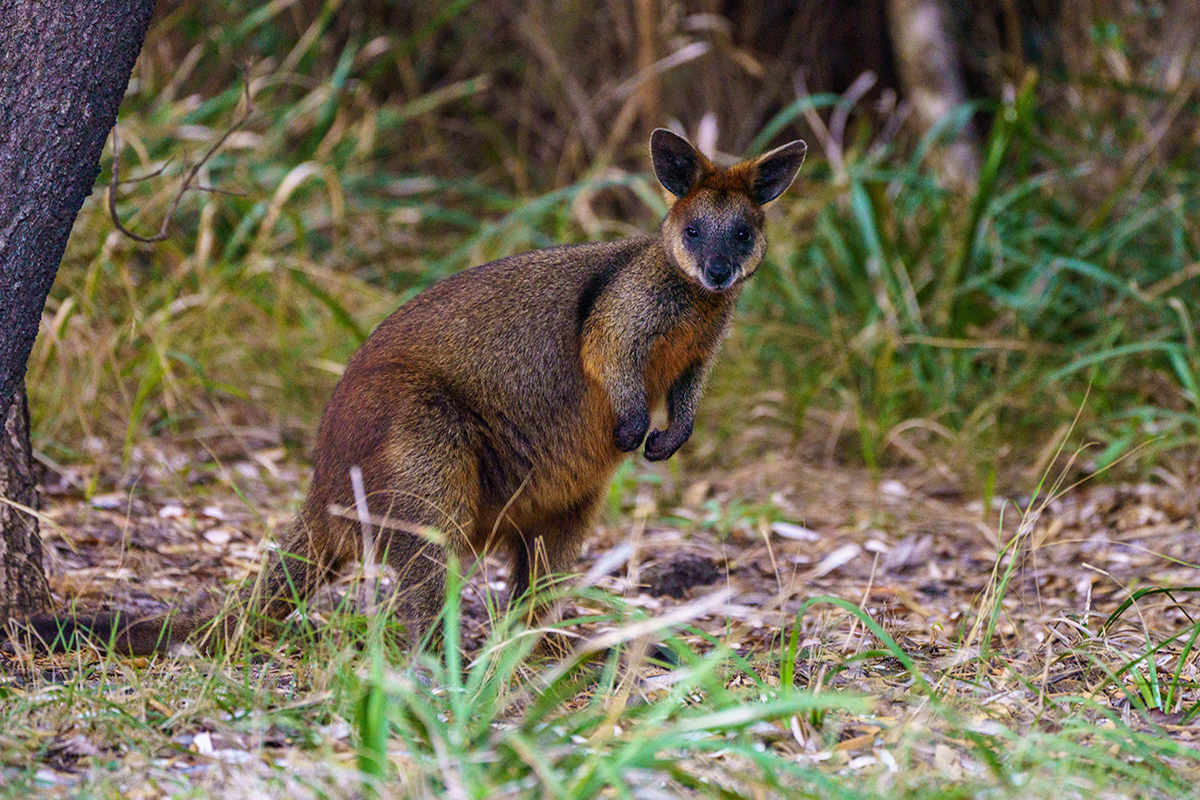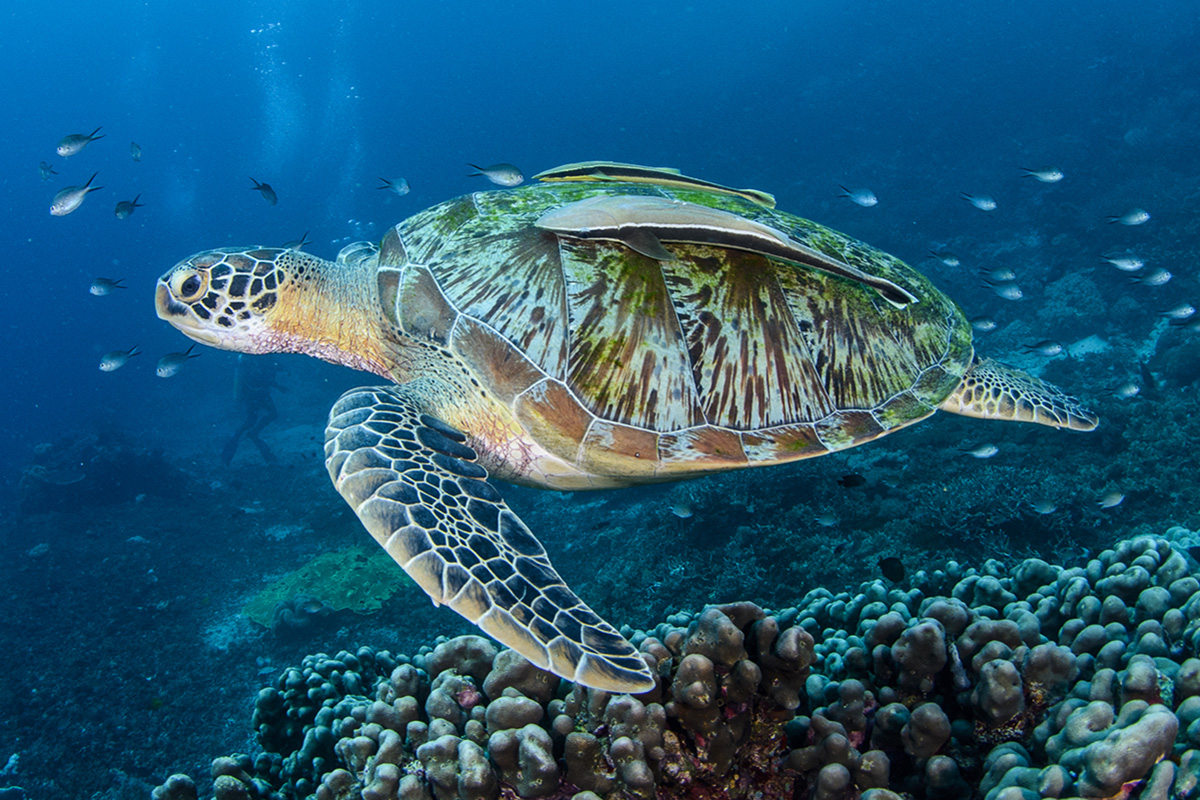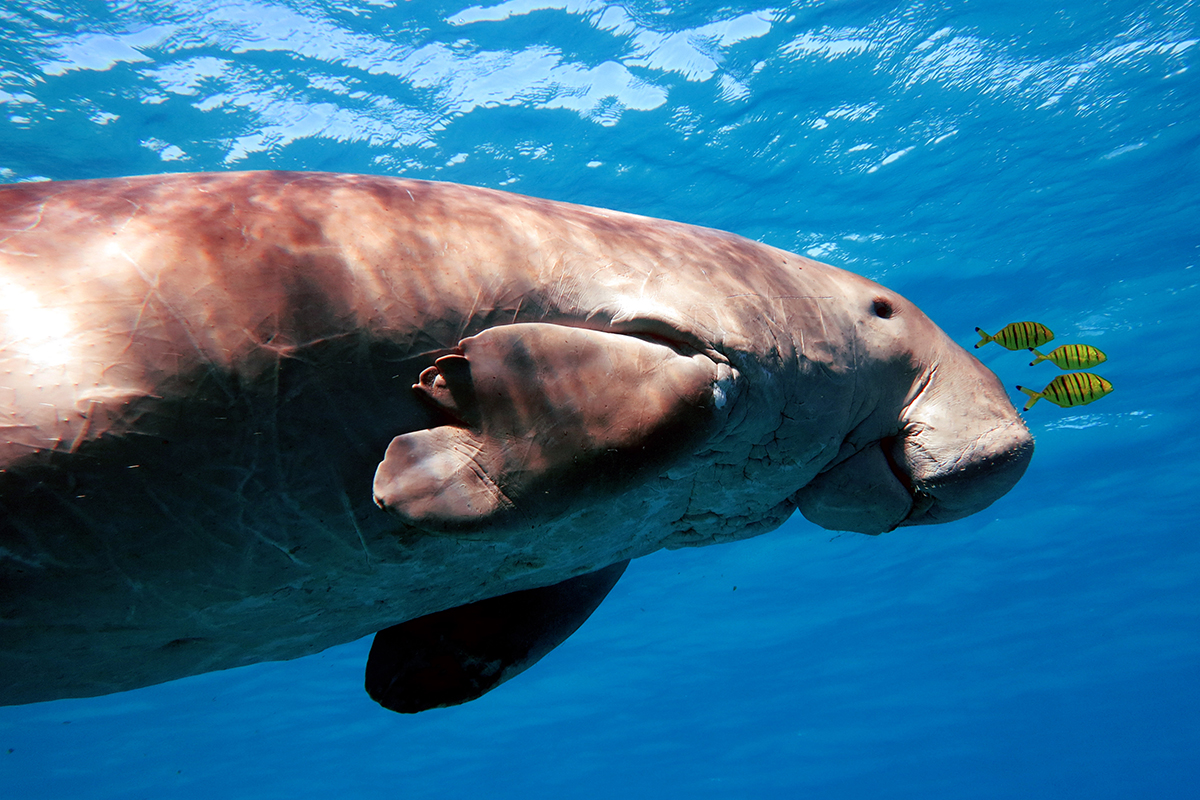7 Species Nature Lovers Must Look Out for in Raja Ampat
Raja Ampat is known for its rich biodiversity and is home to many rare and unique animals both above and below the water. It is this incredible variety of species that draws divers and adventurers from all over the world. If you are interested in nature and animals you should have the 7 animals in this article on your list of species to keep an eye out for while you are in Raja Ampat.
Wilson’s bird of paradise
This is a small bird that is native to the lowland rainforests of Waigeo and Batanta in the Raja Ampat archipelago. The male bird is famous for its brightly colored plumage, which includes a bright blue crown, a red back, and a yellow mantle. It also has elaborate black and white markings on its chest and tail, and two long, curved tail feathers that can be raised and folded over its back during its courtship display.
The female bird, has a plain brown plumage and lacks the colorful markings of the male. Wilson’s bird of paradise is known for its elaborate courtship display, during which the male bird spreads out its feathers, raises its wings, and performs a series of acrobatic displays to attract the female.
Cenderawasih Bay monarch
The Cenderawasih Bay monarch, also known as the Western Crowned-Pigeon, is a rare and beautiful bird that is endemic to the tropical rainforests of the Bird’s Head Peninsula in West Papua. It is the largest member of the pigeon family, with a distinctive blue-grey plumage, a striking white-tipped crest on its head, and bright red irises.
It is known for its unique calls, which include deep grunts and coos, and is also an important seed disperser in its habitat. The bird is listed as vulnerable on the IUCN Red List due to habitat loss and hunting, and conservation efforts are underway to protect its population.
In the local culture, the Cenderawasih Bay monarch is considered a sacred bird and is protected by traditional laws.
Raja Ampat pygmy seahorse
The Raja Ampat pygmy seahorse is a tiny species of seahorse that is endemic to the islands. It is one of the smallest seahorses in the world, measuring only about 2 centimeters in length when fully grown. Its small size and ability to blend in with its surroundings make it difficult to spot, even for experienced divers and snorkelers.
Despite its small size, the Raja Ampat pygmy seahorse is an important species in its ecosystem, as it feeds on tiny crustaceans and plankton and is itself a source of food for larger predators. The seahorse is listed as a near-threatened species by the IUCN Red List, due to habitat loss and collection for the aquarium trade.
Coconut crab
The coconut crab, named for its ability to climb trees and crack open coconuts with its powerful claws, is a large land crab that can be found on many of the islands in Raja Ampat. It is the largest land-living arthropod in the world, with some individuals weighing up to 4kg and measuring up to 1 meter in length from leg to leg.
Although the coconut crab is not considered endangered, it is protected in many areas due to its importance to the ecosystem and its cultural significance to local communities. In some cultures, the crab is considered a delicacy and is hunted for its meat and other parts, such as its exoskeleton, which is used in traditional crafts. Despite this, conservation efforts are underway to ensure the sustainable management of coconut crab populations in Raja Ampat and other regions where they are found.
Papuan wallaby
Also known as the black tree kangaroo, this small arboreal marsupial is found in the rainforests of New Guinea, including the Raja Ampat islands in Indonesia. It is known for its distinctive black coat, which helps it to blend in with the dark canopy of the forest.
It is quite difficult to spot as it is a nocturnal animal and spends much of its time in the trees, where it feeds on leaves, fruits, and other vegetation. It is also an important prey species for predators such as the New Guinea harpy eagle and the large monitor lizard.
The Papuan wallaby isn’t necessarily endangered but is important to the culture and mythology of many indigenous communities in New Guinea, and therefore efforts are being made to conserve the Papuan wallaby and its habitat, including through the establishment of protected areas and conservation education programs for local communities.
Green sea turtle
Green Turtles are one of the largest species of sea turtles, with some individuals reaching lengths of up to 1.5 meters and weights of up to 300kg. This species is seen quite often in the waters around Raja Ampat. They are an important part of the marine ecosystem as they are herbivores that help maintain the health of seagrass beds and coral reefs by controlling the growth of certain plants and algae.
Unfortunately, they face a number of threats, including habitat loss, pollution, and overfishing. They are also hunted for their meat and eggs in some parts of the world, which has led to population declines in some areas.
Dugong
Also known as the sea cow, dugongs are found in the waters around Raja Ampat and are sometimes seen on the house reef at Papua Paradise Eco Resort. It is the only herbivorous mammal that is completely adapted to an aquatic lifestyle and is closely related to the manatee.
Dugongs are listed as vulnerable on the IUCN Red List but conservation efforts, such as the establishment of protected areas, the reduction of bycatch in fishing gear, and education programs for local communities, are helping to protect dugongs and ensure their long-term survival.
If you get to see even one of these animals during your trip to Raja Ampat, you should feel very lucky! Maybe you can even see a number of them if you plan well and ask your guides at Papua Paradise about the best places to find them.


